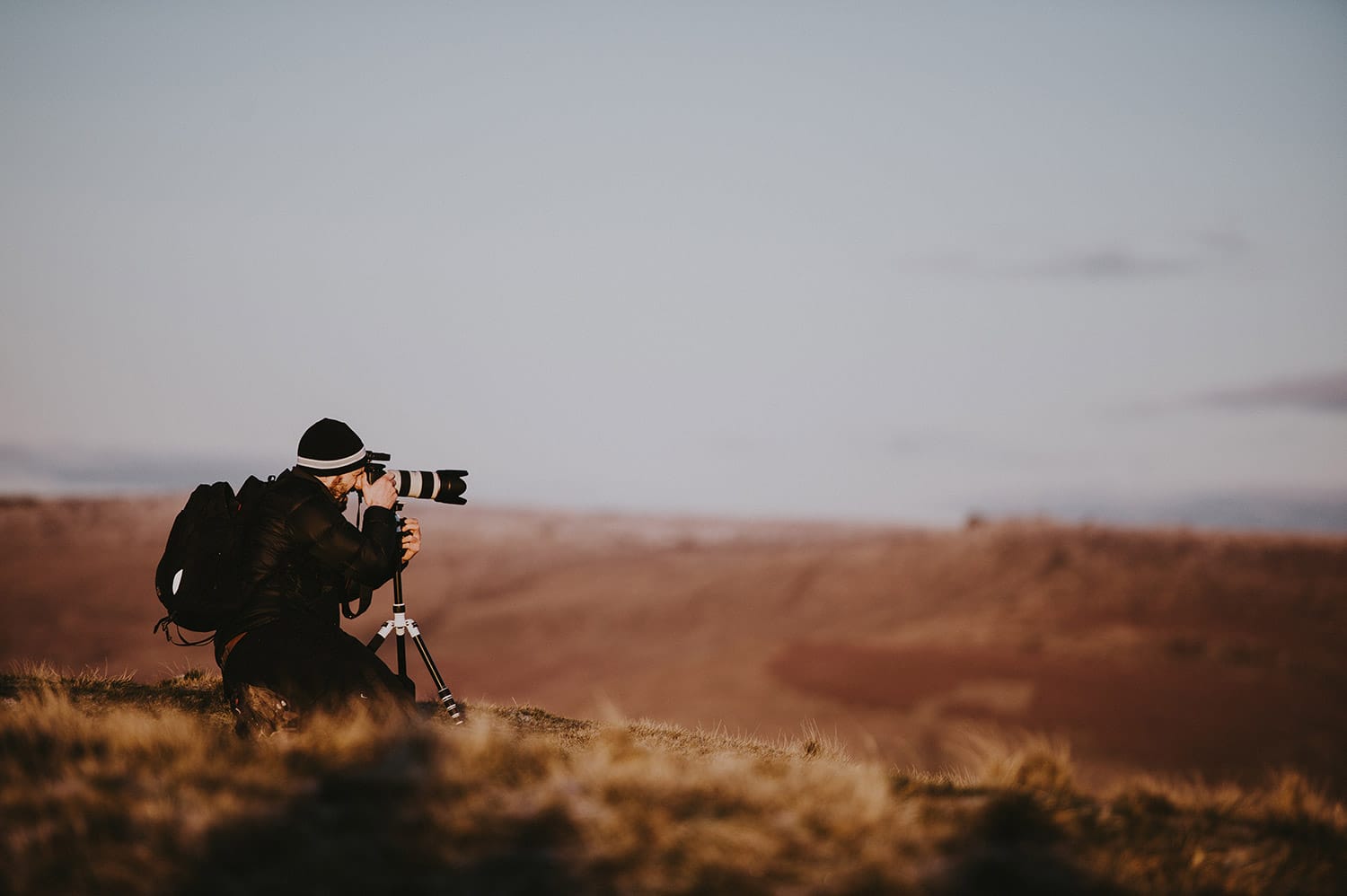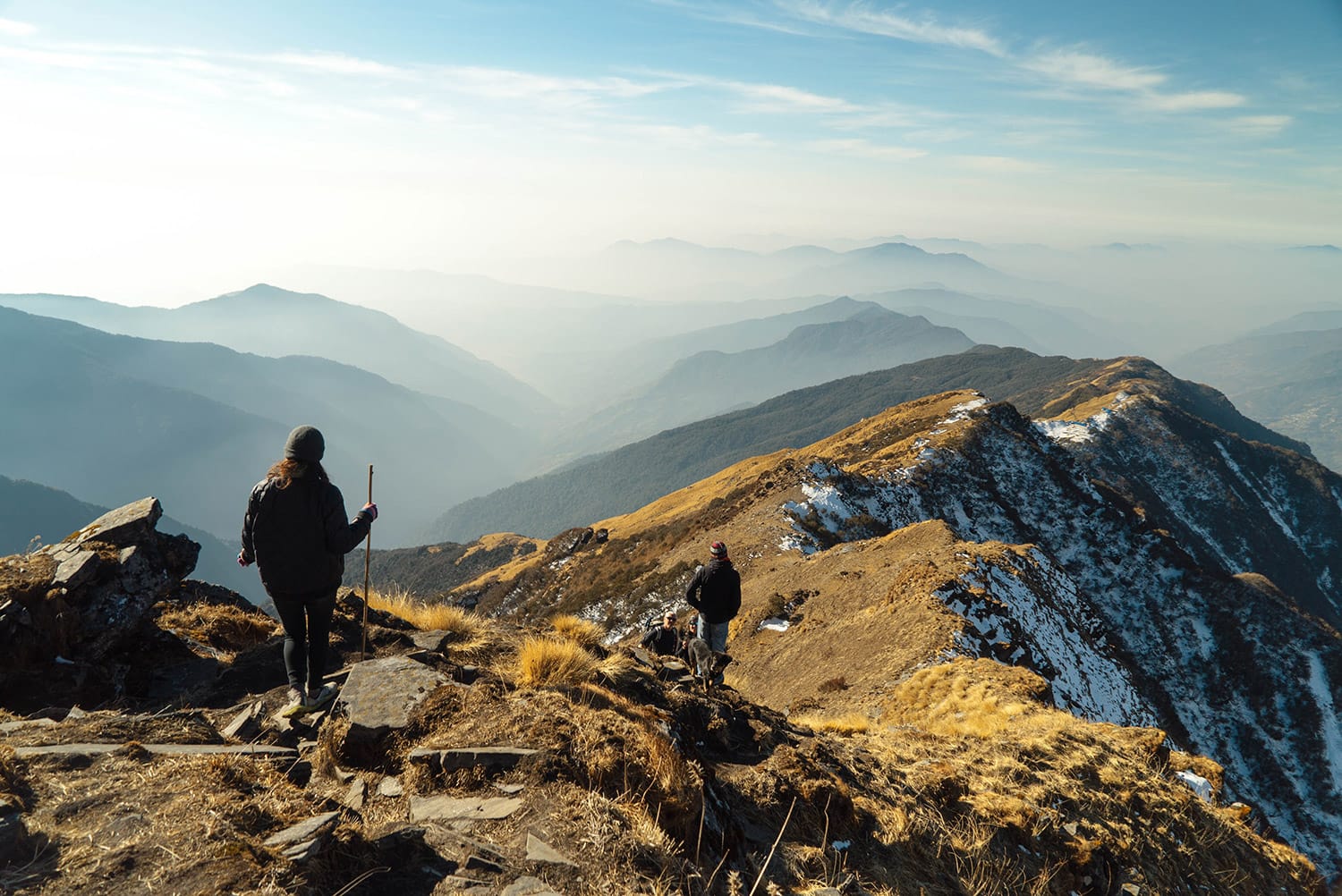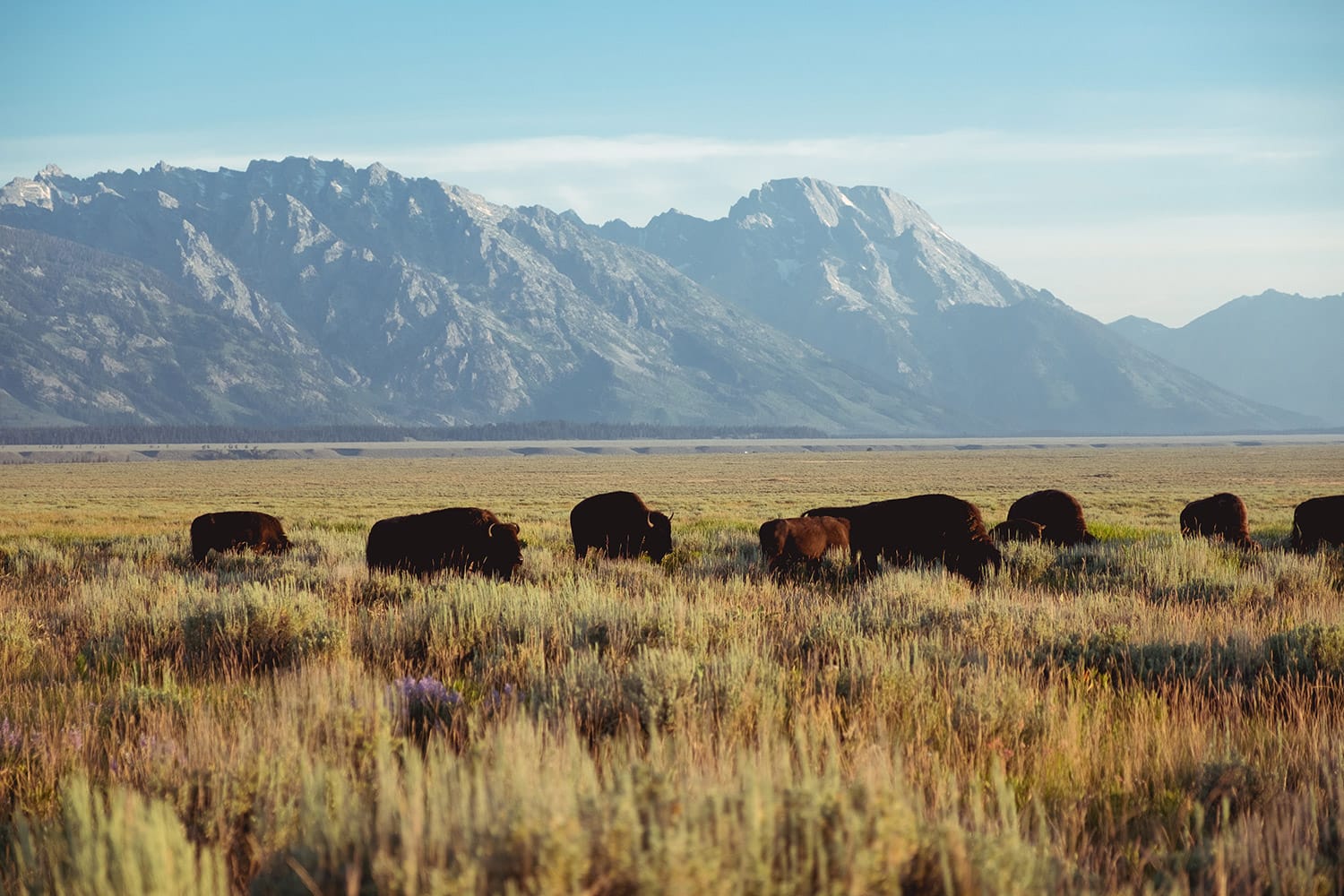10 Important Safety Tips for Landscape Photographers
One of the reasons why landscape photography is so popular is because, even aside from the photography, just being out in nature can be a great experience. But landscape photography can often take you to places that are rather remote or rugged.
When you’re out in nature, it’s important to take the appropriate safety precautions to prevent injury. And this is even more important as you go to more remote locations.
With that in mind, let’s take a look at some things you can do to keep yourself safe.

1. Put Safety Ahead of Photography
First of all, you should never put yourself in danger just for a photograph. Walking out on slippery rocks near the top of a waterfall is not worth the risk. Climbing down into a canyon that you can’t get out of is not worth any photograph that you may be able to take as a result.
Don’t do anything that will put your safety in jeopardy. There are plenty of great photo opportunities that don’t require serious risk.
2. Research Locations
Before your outings, be sure to sufficiently research the area. There is a lot of information available online and you should be able to get a good feel for a location before going.
Know where you’re going, how long it will take, the terrain of the area, and any potential risks that you might face. Without research, you may find yourself in a situation that could have been easily avoided.
If you use Google Maps for driving directions via GPS, you can download the map of the area to your phone before your trip. That way you’ll still be able to get directions even if the GPS signal is lost. This is especially important if you’ll be driving into remote areas.
3. Take a Map

Most people use GPS on a smartphone for directions, and paper maps are increasingly less common. However, taking a map with you is a wise choice, especially for any trails that you will be hiking.
When you’re out for long periods of time, your phone battery may die, and a map will prove to be very handy. Also, most trail maps have a lot of details that you won’t get from a GPS, so they’re worth having.
Before you travel, decide which trails you are likely to hike. In most cases, you can easily print a trail map that’s available online and carry it in your camera bag. Driving maps, or at least printed directions, can also be helpful as a backup to GPS.
4. Travel with a Partner
Whenever possible, travel and hike with another person or a group. This is especially true if you’re going to a remote location or if you will be hiking someplace with a lot of wildlife. Traveling in a group can protect you from issues with wildlife, and also gives you help in case of an emergency.
If you were to sprain an ankle a few miles from your car, it’s much better to have someone else with you. If you do hike alone, take extra precautions to avoid any potential danger.
5. Tell Someone Where You are Going

This applies regardless of whether you will be traveling alone or with a group, but it’s extremely important if you’ll be traveling and hiking on your own. Before I head out, I leave my wife with details of where I expect to be, the trails I will be hiking, and any details I have planned. Sometimes I’ll leave GPS coordinates of where I am planning to park. If anything were to happen, all of these details would make any type of search much easier.
I also use and recommend the Glympse app for Android or iOS. With the app, you can easily share your location by GPS. You can also set your estimated arrival time. Before I go on a trail, I’ll start that app and send details to my wife.
The GPS location would be incredibly helpful if something were to happen. Just make sure that you start while you still have connection. If you’re heading to a remote area, start the app when you still have reception.
6. Bring the Appropriate Clothing
Clothing and accessories are also a big part of safety. Again, this goes back to research. You’ll need to know the weather conditions where you will be heading and bring the appropriate clothes. Be aware that weather can change very quickly and it’s a good idea to prepare for those types of changes. Layering a few pieces of clothing can be helpful because you can add or remove them as needed.
Footwear is especially important if you will be hiking. Good shoes or boots that will help to prevent slipping are a wise investment. A raincoat or poncho is also worth keeping with you.
7. Carry Safety Equipment
You don’t need to carry a lot of safety equipment, but even just the basics can help. A flashlight is probably the most essential item that you should have.
I’m sure you don’t want to add any unnecessary weight or bulk, but small LED flashlights are inexpensive and will be barely noticeable in your camera bag. A survival tool with a knife is also a good thing to have.
8. Bring Water
Whenever you’re hiking, be sure to take plenty of water. I’ve made this mistake more than once, trying to minimize what I carry.
If you’re hiking with a camera, bag, and tripod, the bulk adds up. On top of that, you may be hiking in an area with a lot of elevation change. Be sure that you have water to stay hydrated. Even shorter hikes can be more involved you’d think when you add the extra weight and the ups and downs.
9. Respect Wildlife

If you come across any wildlife, be sure to keep your distance. Unfortunately, many tourists and photographers make false assumptions about the animals that they come across in parks. Remember that wildlife is wild and give animals plenty of space. Most accidents that involve wildlife happen as a result of humans getting too close.
It’s also a good idea to research the types of wildlife that you’re likely to see or encounter. The more familiar you are, the safer you’ll be.
10. Be Aware of Your Surroundings
Staying safe really comes down to being prepared and staying alert.
When you’re photographing, it’s easy to get distracted and forget about your surroundings. Be sure that you are alert and keeping safety in mind to avoid potential issues. This can come into play with getting too far off a trail and losing your bearings, wondering too close to the edge of a cliff or drop-off, venturing out too far into water, or even not noticing wildlife that is around you.
Being out in nature is what makes landscape photography so special, but it also requires you to keep safety in mind. With the help of these tips you should be able to prevent most problems and keep yourself safe while you are out.
